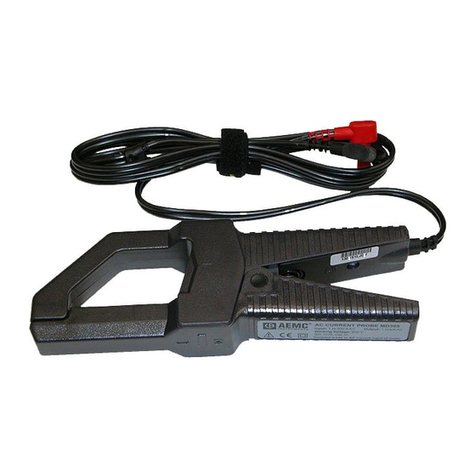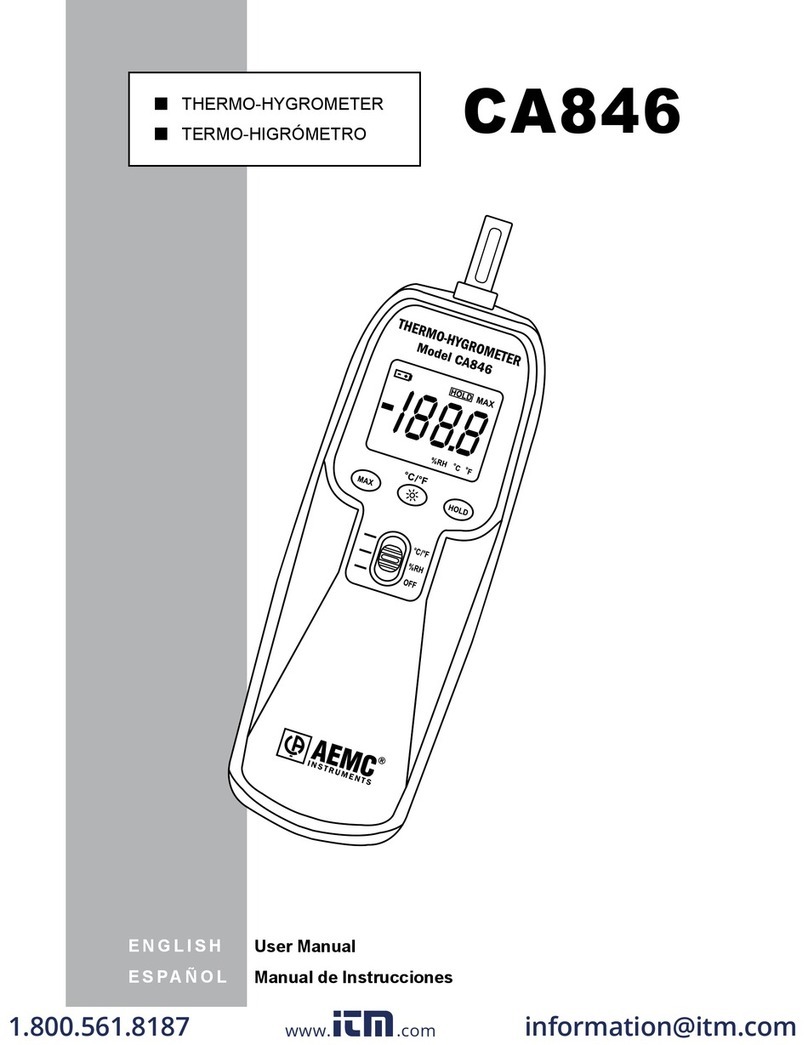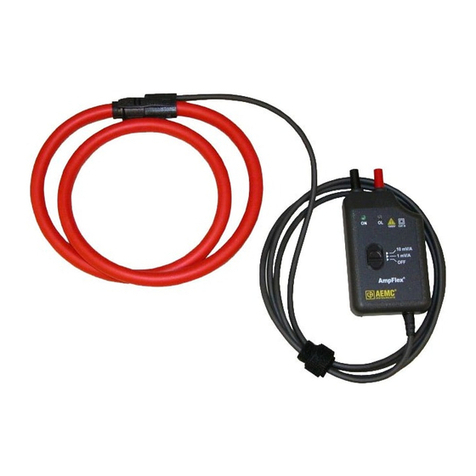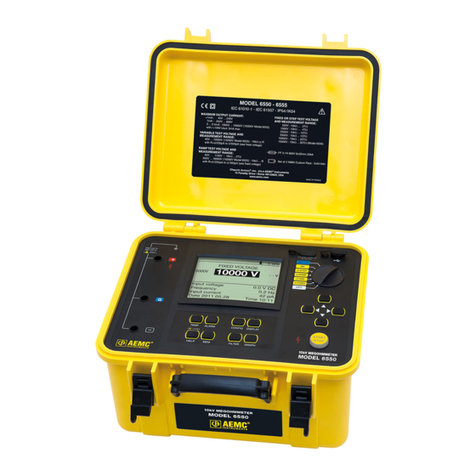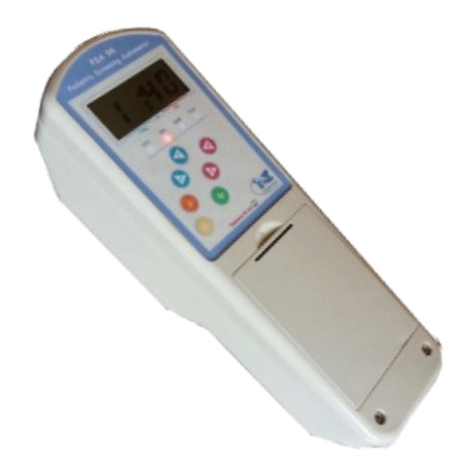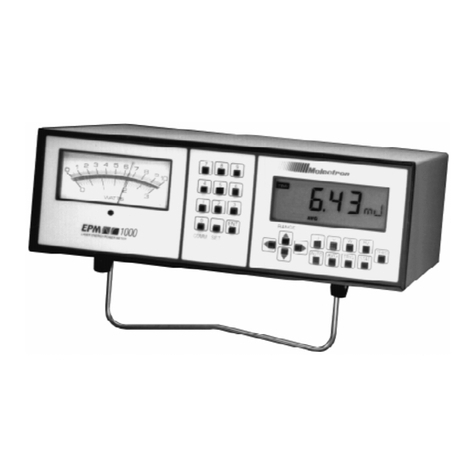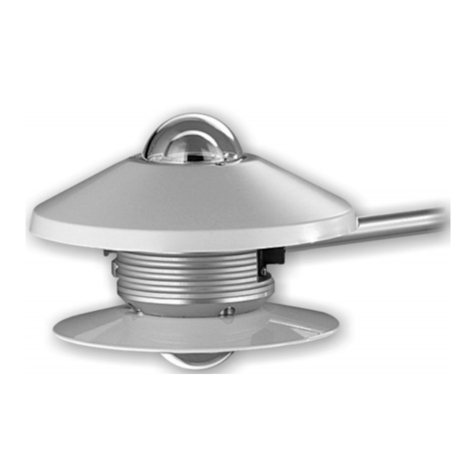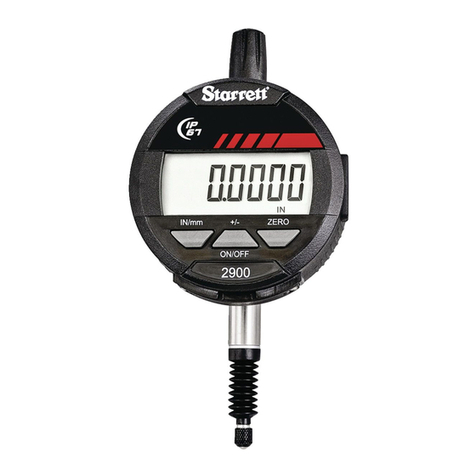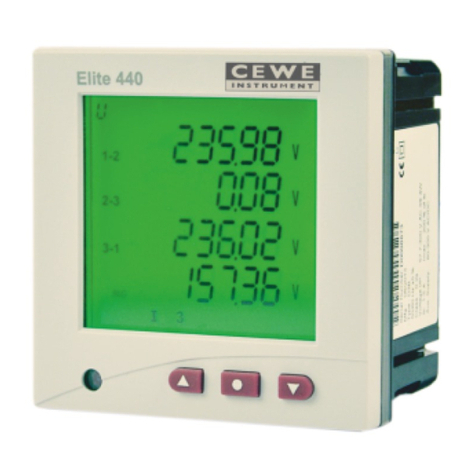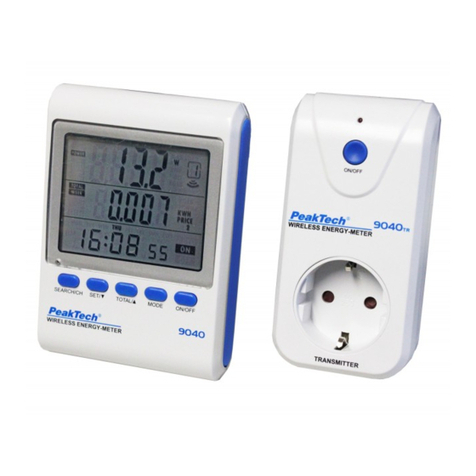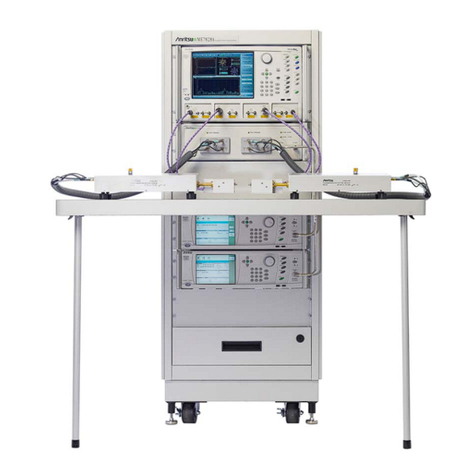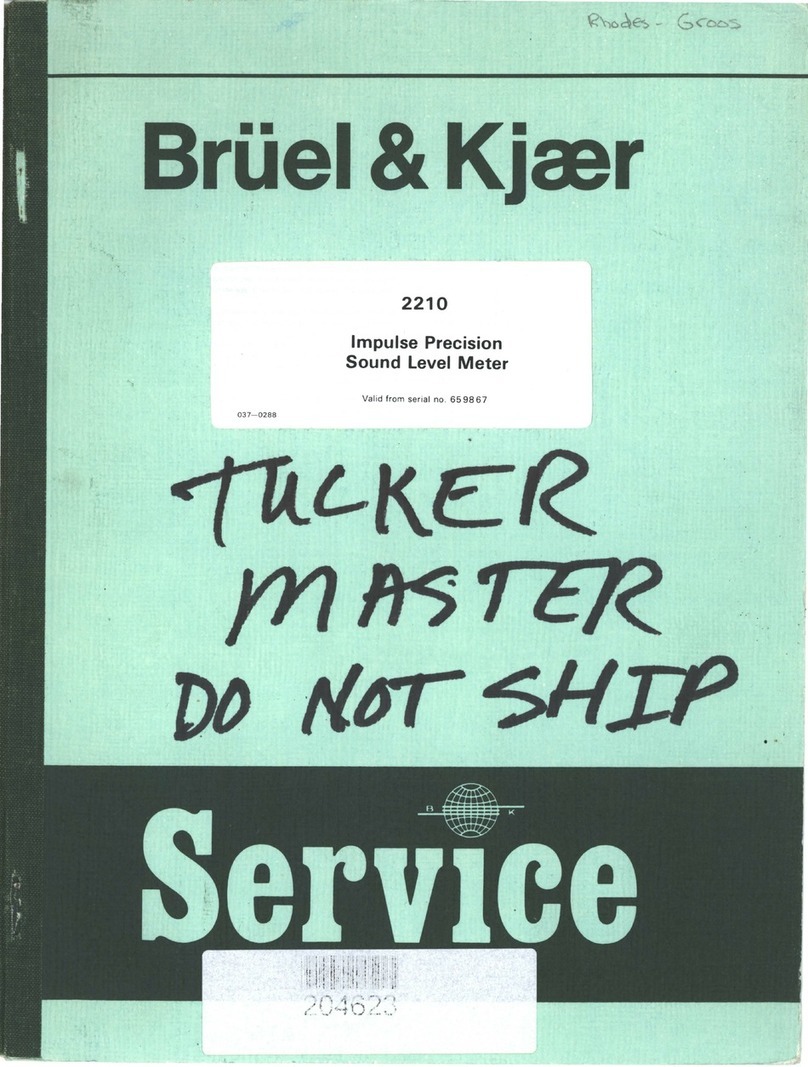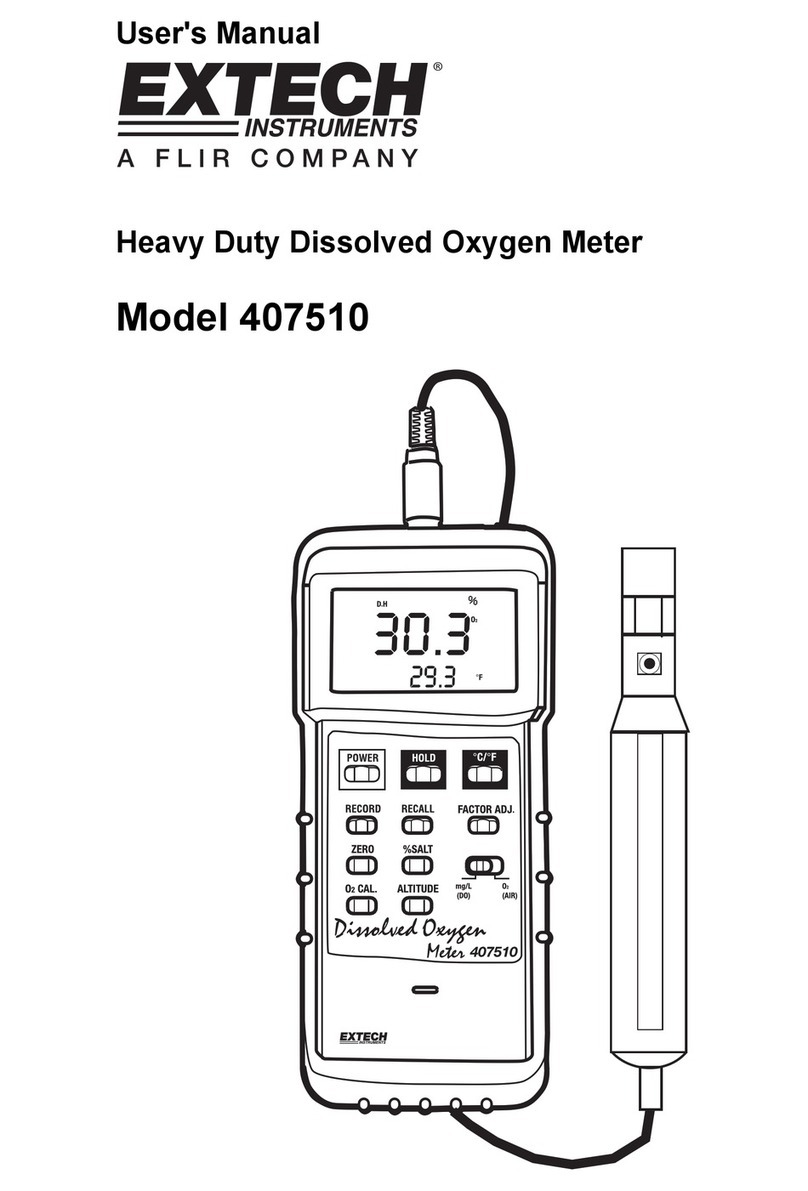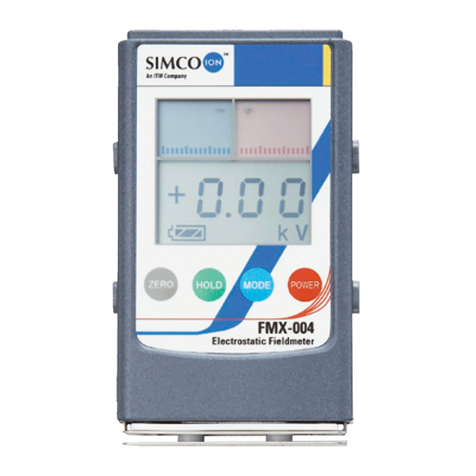AEMC instruments MN103 User manual
Other AEMC instruments Measuring Instrument manuals
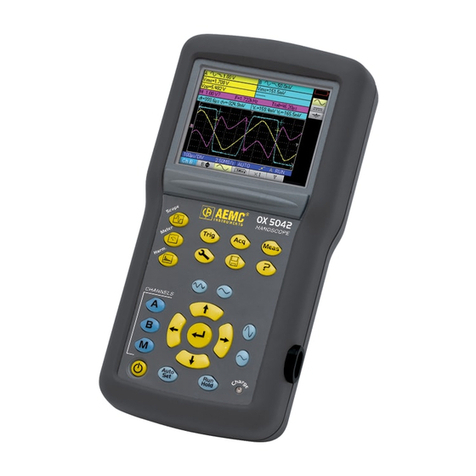
AEMC instruments
AEMC instruments OX5042 User manual

AEMC instruments
AEMC instruments 6536 User manual

AEMC instruments
AEMC instruments CM605 User manual
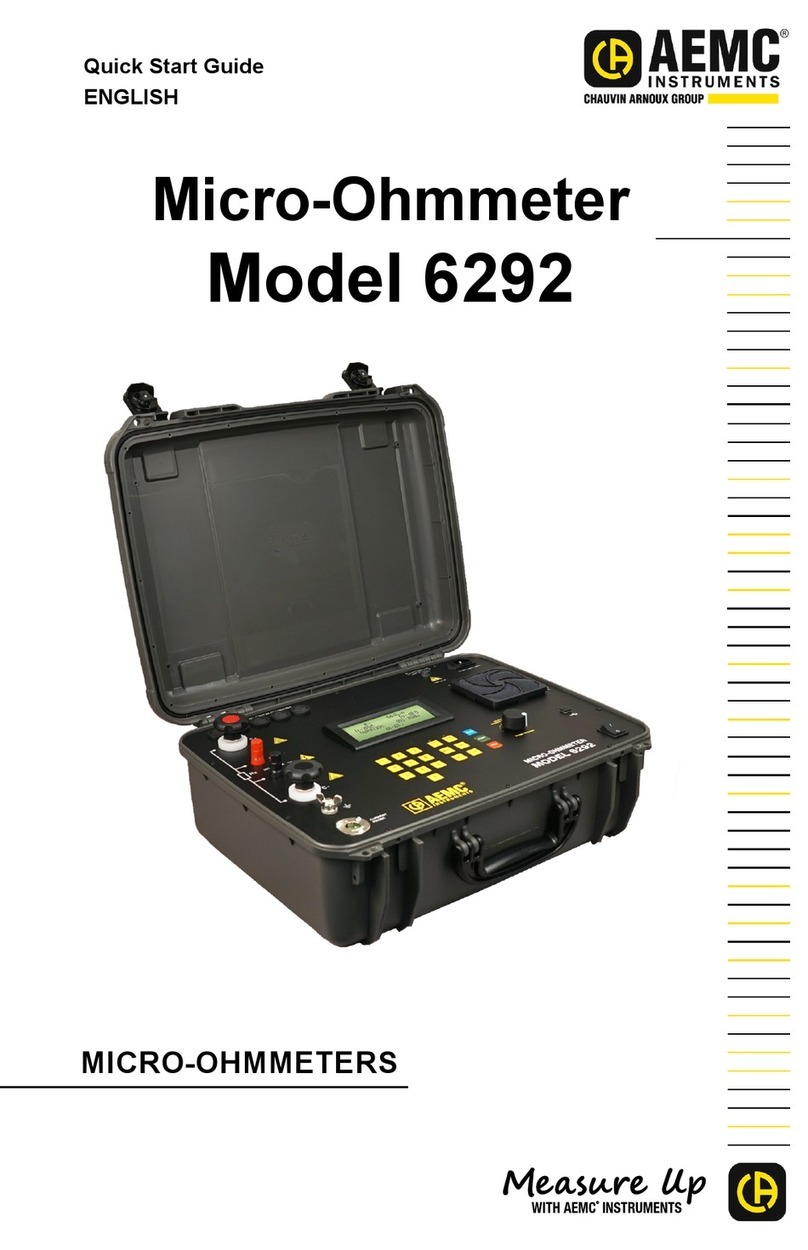
AEMC instruments
AEMC instruments 6292 User manual
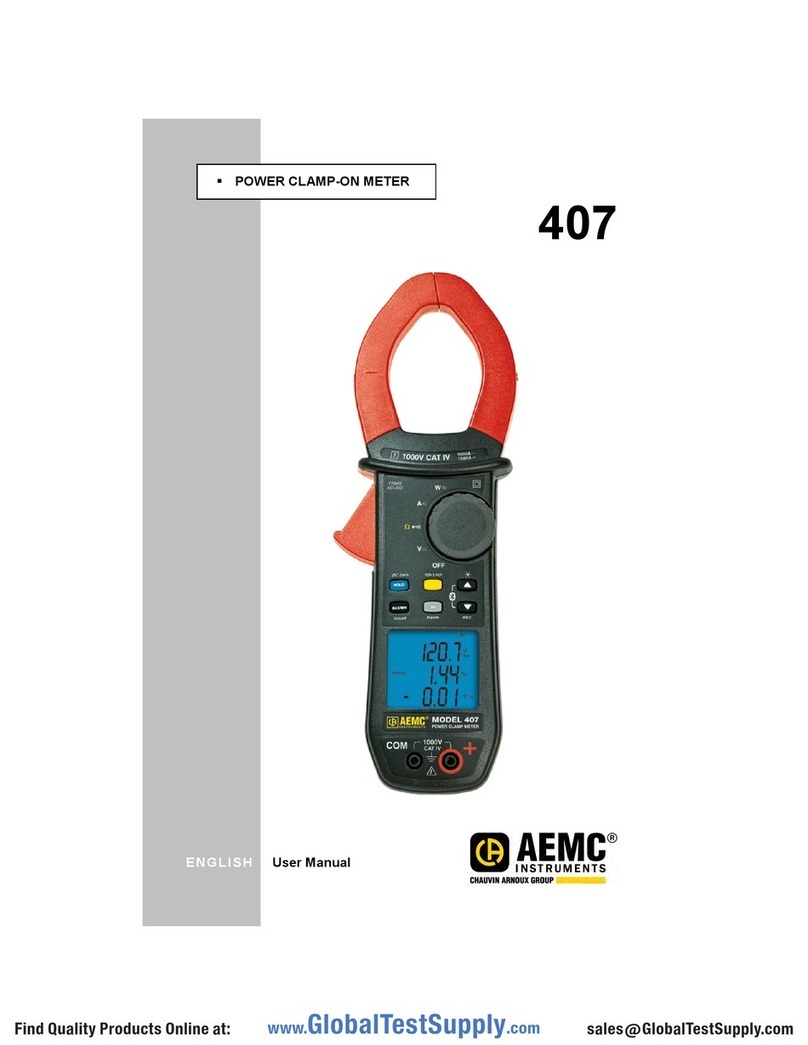
AEMC instruments
AEMC instruments 407 User manual
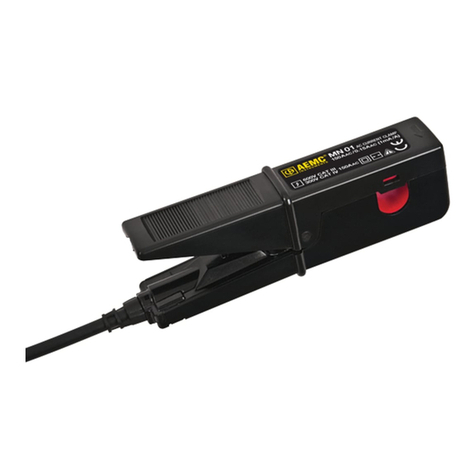
AEMC instruments
AEMC instruments MN01 User manual

AEMC instruments
AEMC instruments 403 User manual
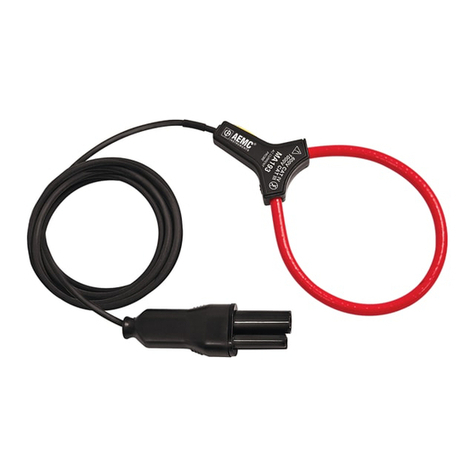
AEMC instruments
AEMC instruments AmpFlex 193-24-BK User manual
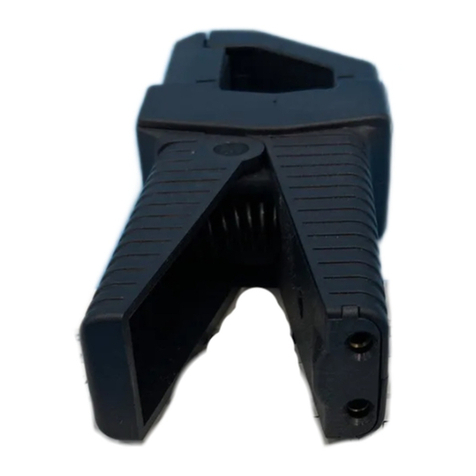
AEMC instruments
AEMC instruments MD303 User manual
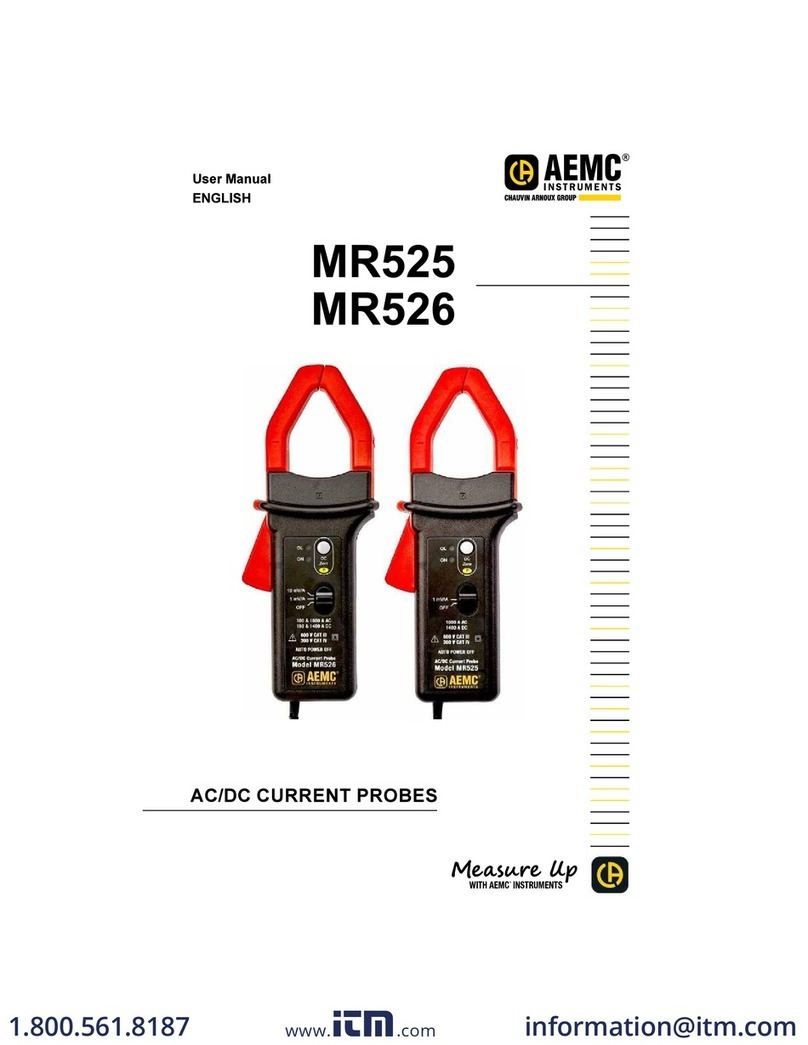
AEMC instruments
AEMC instruments MR525 User manual
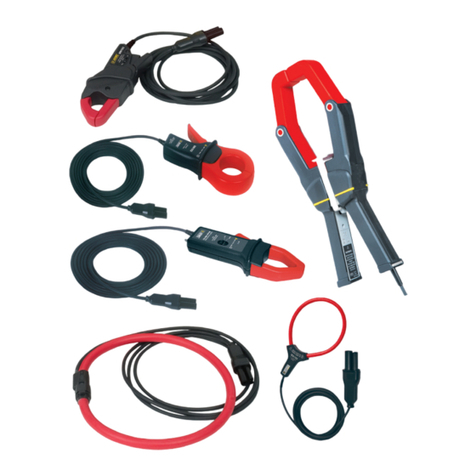
AEMC instruments
AEMC instruments A196-24-BK User manual
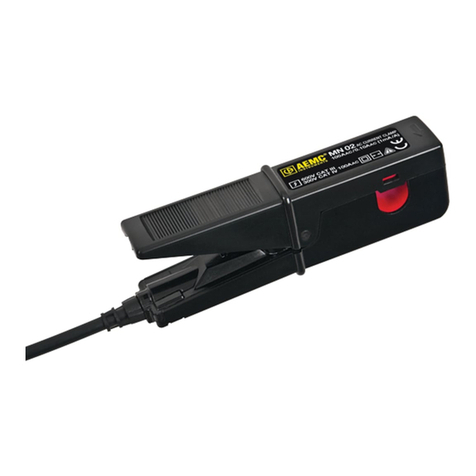
AEMC instruments
AEMC instruments MN02 User manual
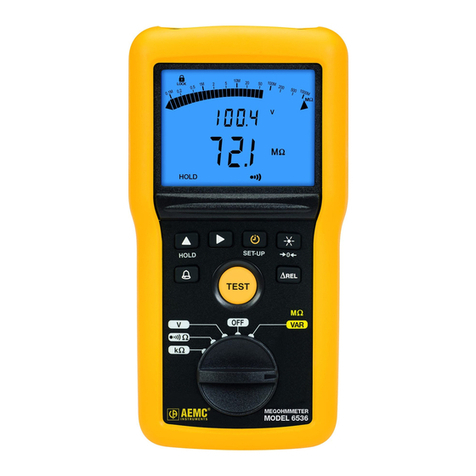
AEMC instruments
AEMC instruments 6536 User manual
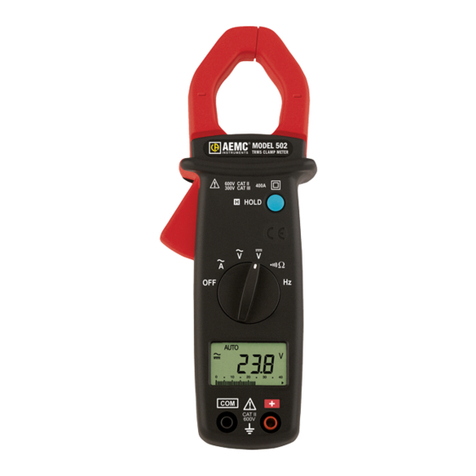
AEMC instruments
AEMC instruments 502 User manual
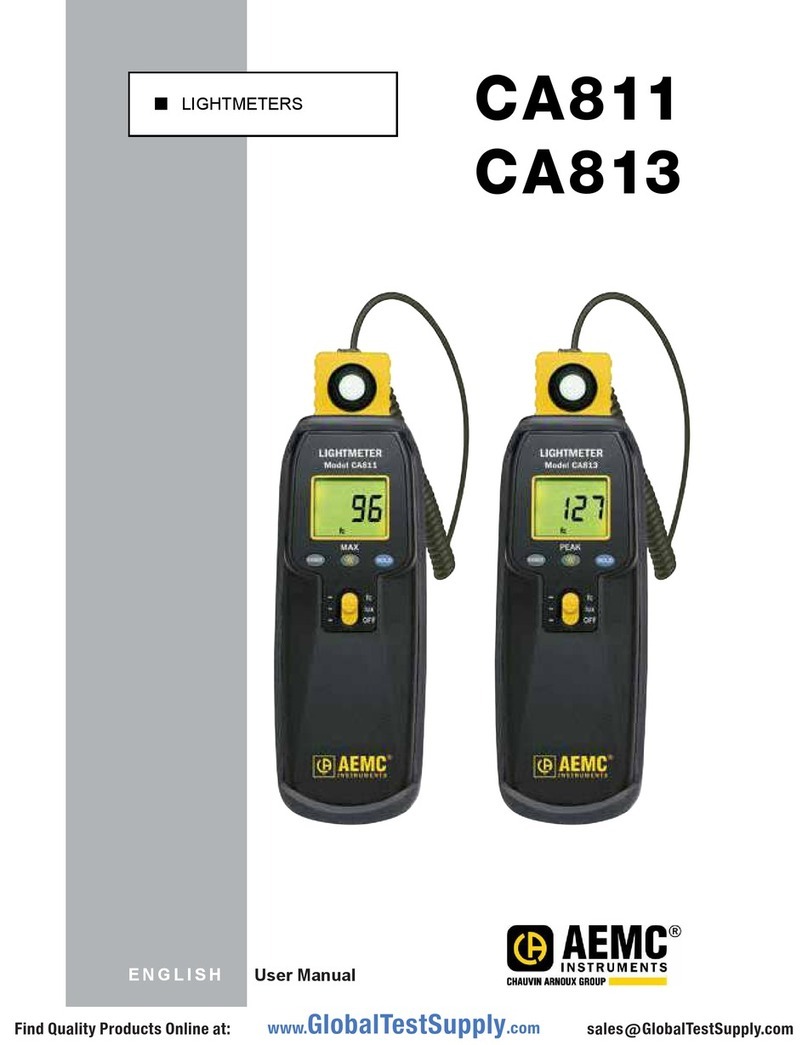
AEMC instruments
AEMC instruments CA811 User manual
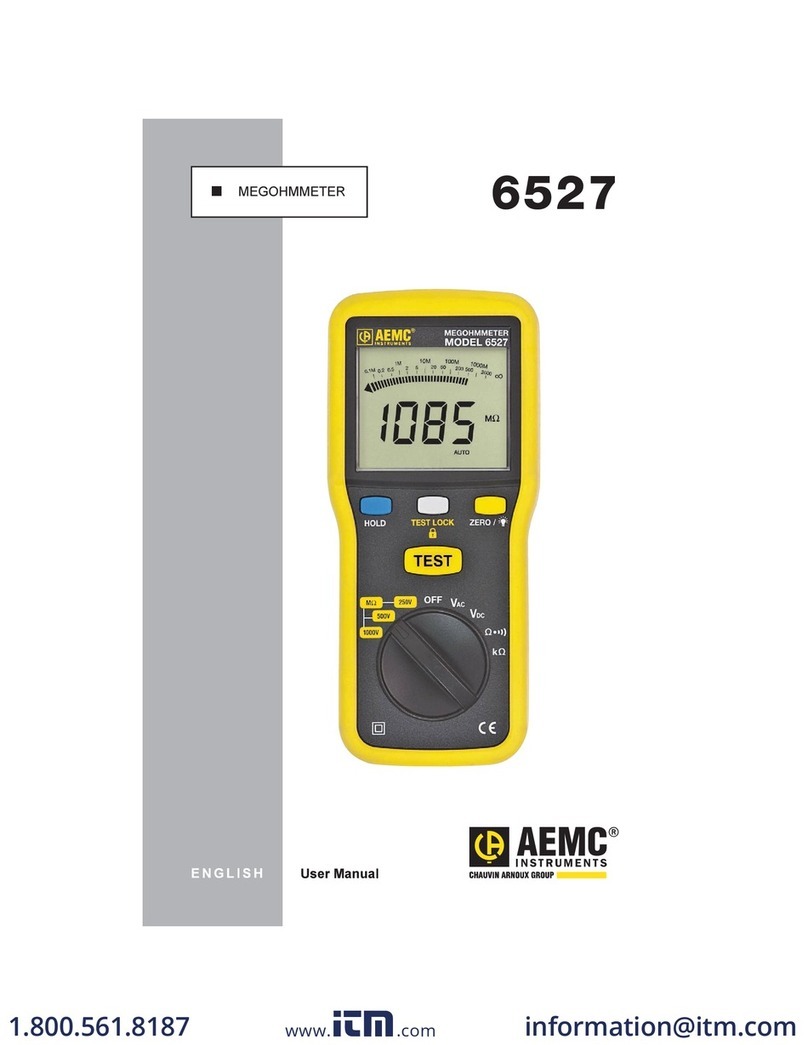
AEMC instruments
AEMC instruments 6527 User manual
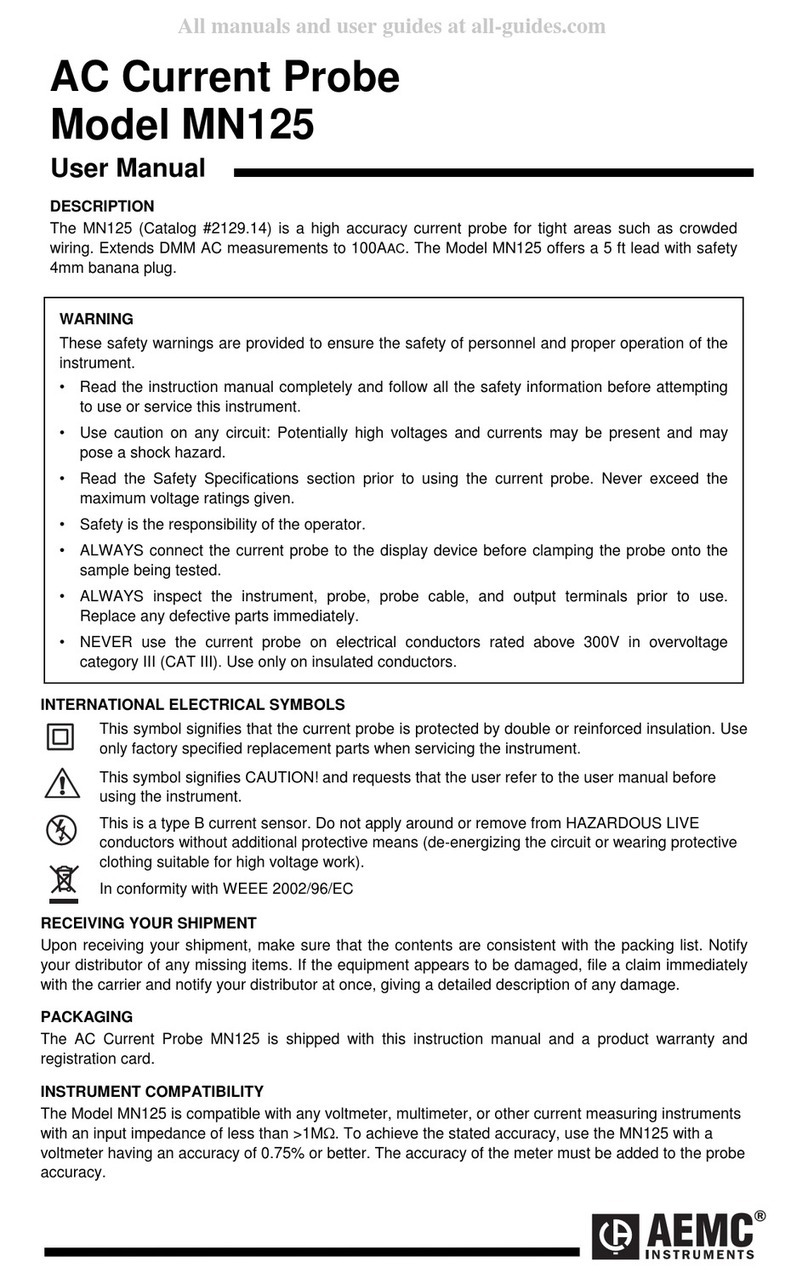
AEMC instruments
AEMC instruments MN125 User manual
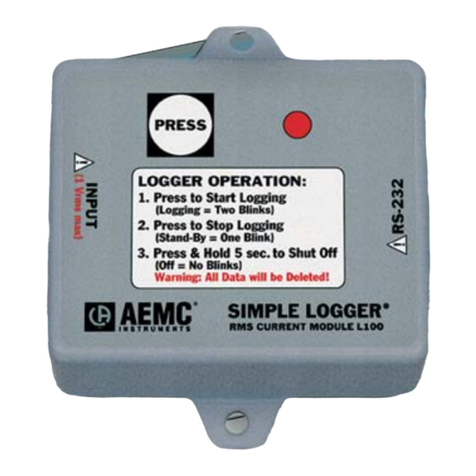
AEMC instruments
AEMC instruments SIMPLE LOGGER L100 User manual
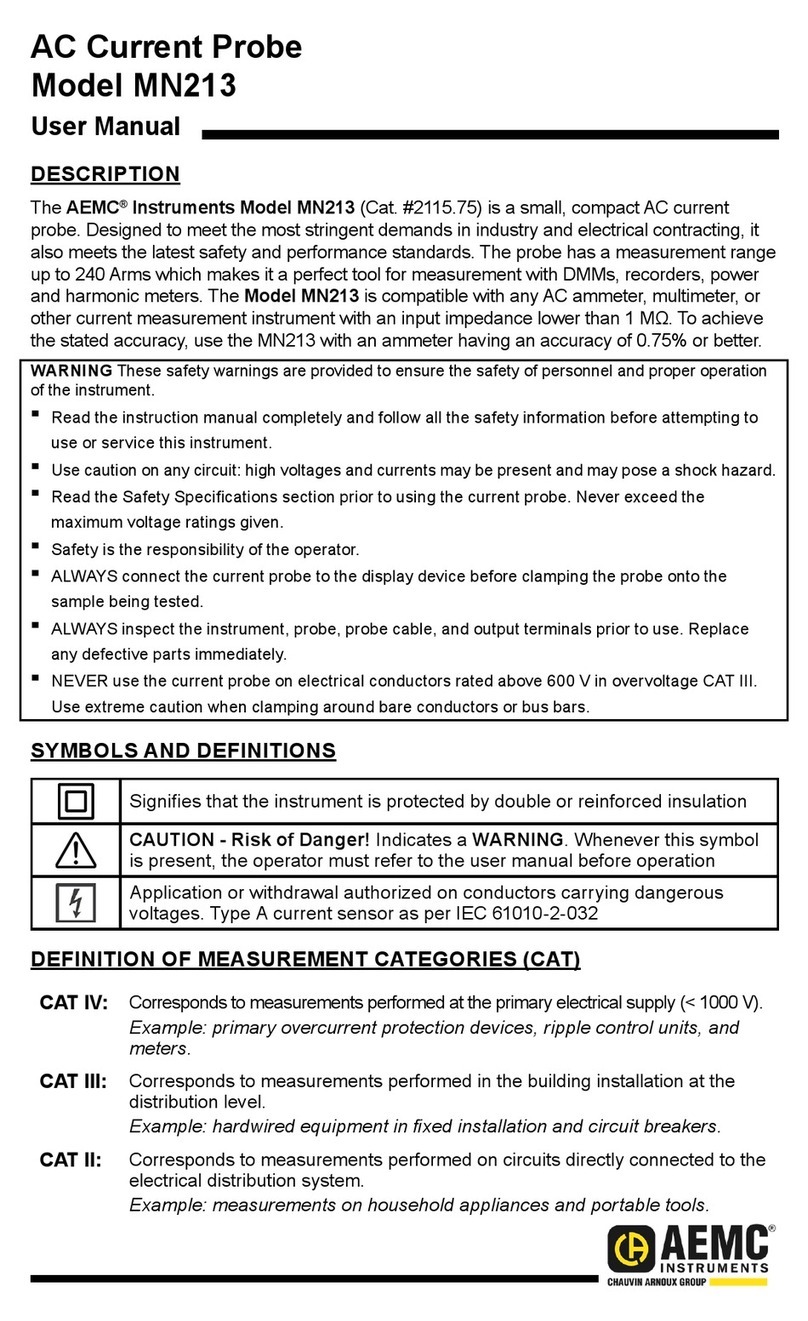
AEMC instruments
AEMC instruments MN213 User manual
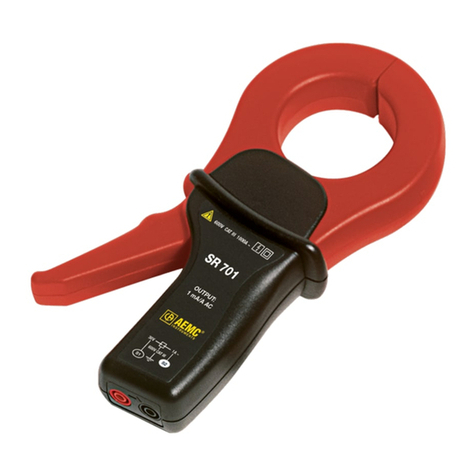
AEMC instruments
AEMC instruments SR701 User manual
Popular Measuring Instrument manuals by other brands
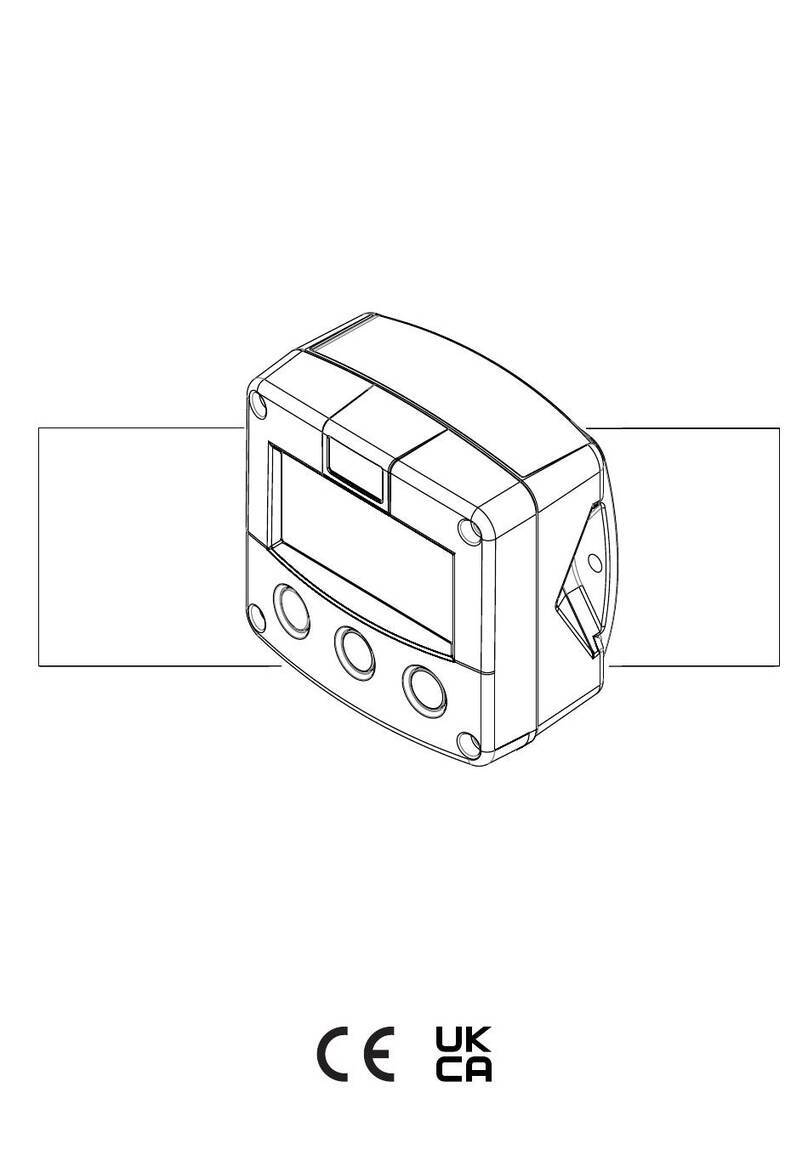
Fluidwell
Fluidwell F173-A-OS manual
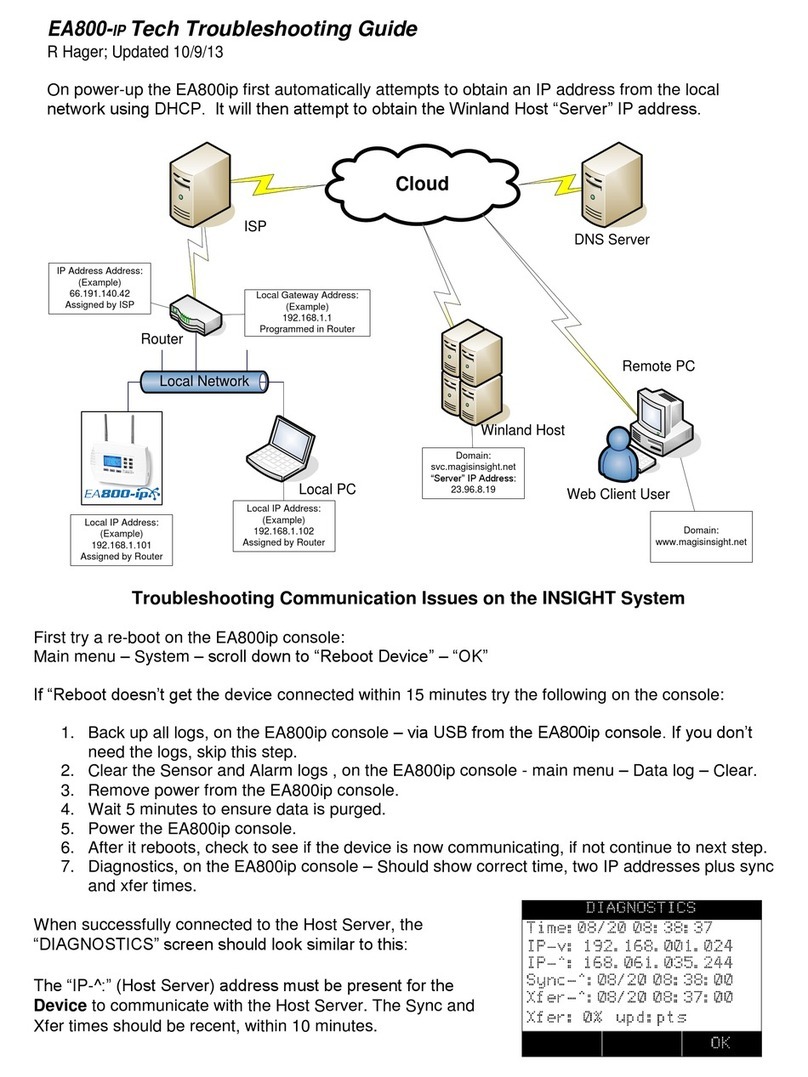
Winland Electronics
Winland Electronics EnviroAlert EA800-IP troubleshooting guide
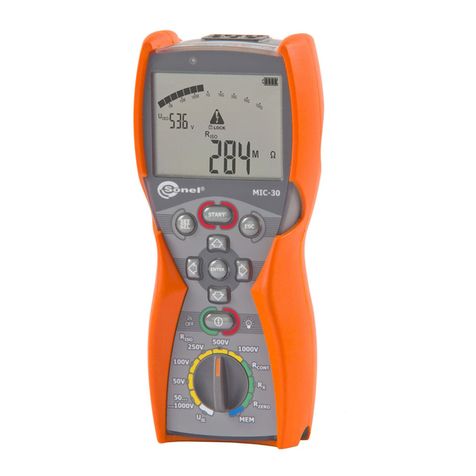
Sonel
Sonel MIC-30 user manual

Lafayette Instrument
Lafayette Instrument 5030P1 user manual
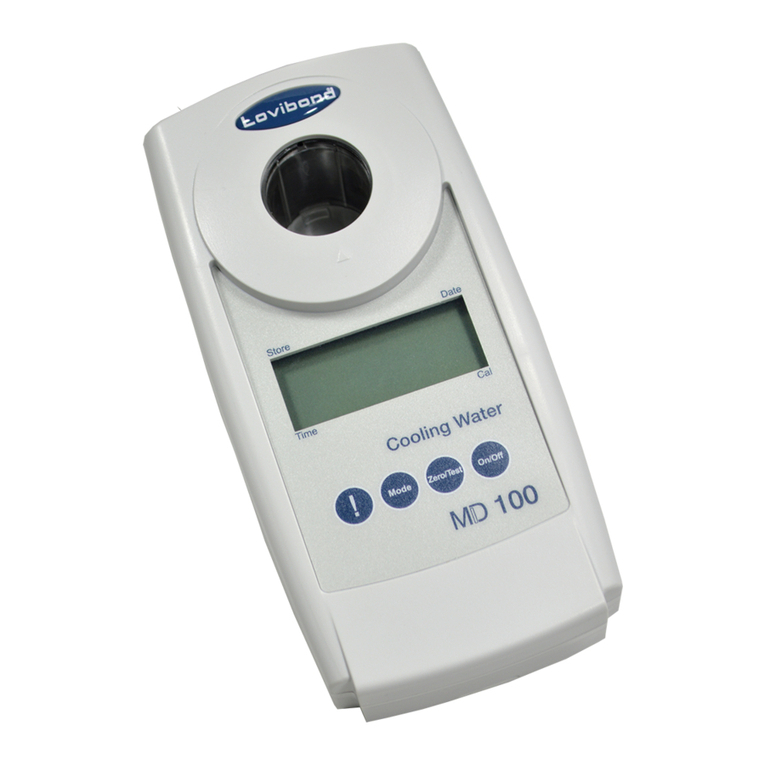
Tintometer
Tintometer Lovibond MD100 instruction manual
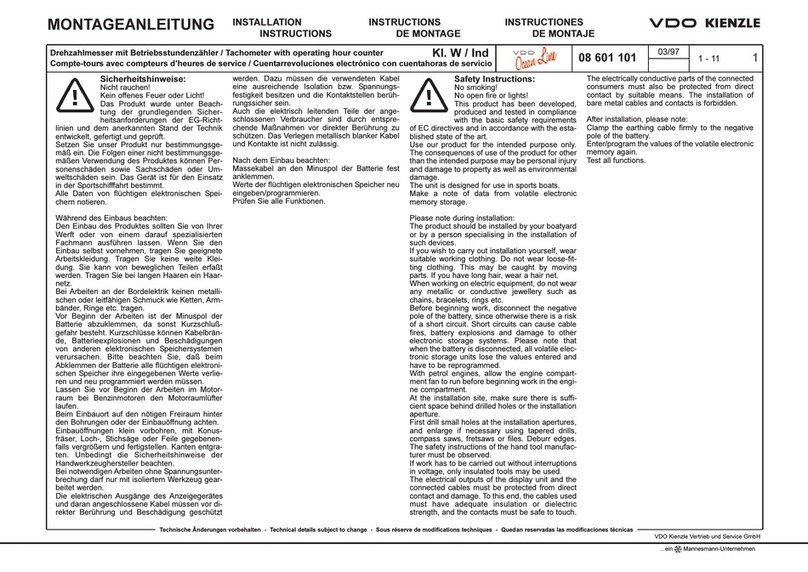
VDO
VDO TACHOMETER WITH COUNTER installation instructions




